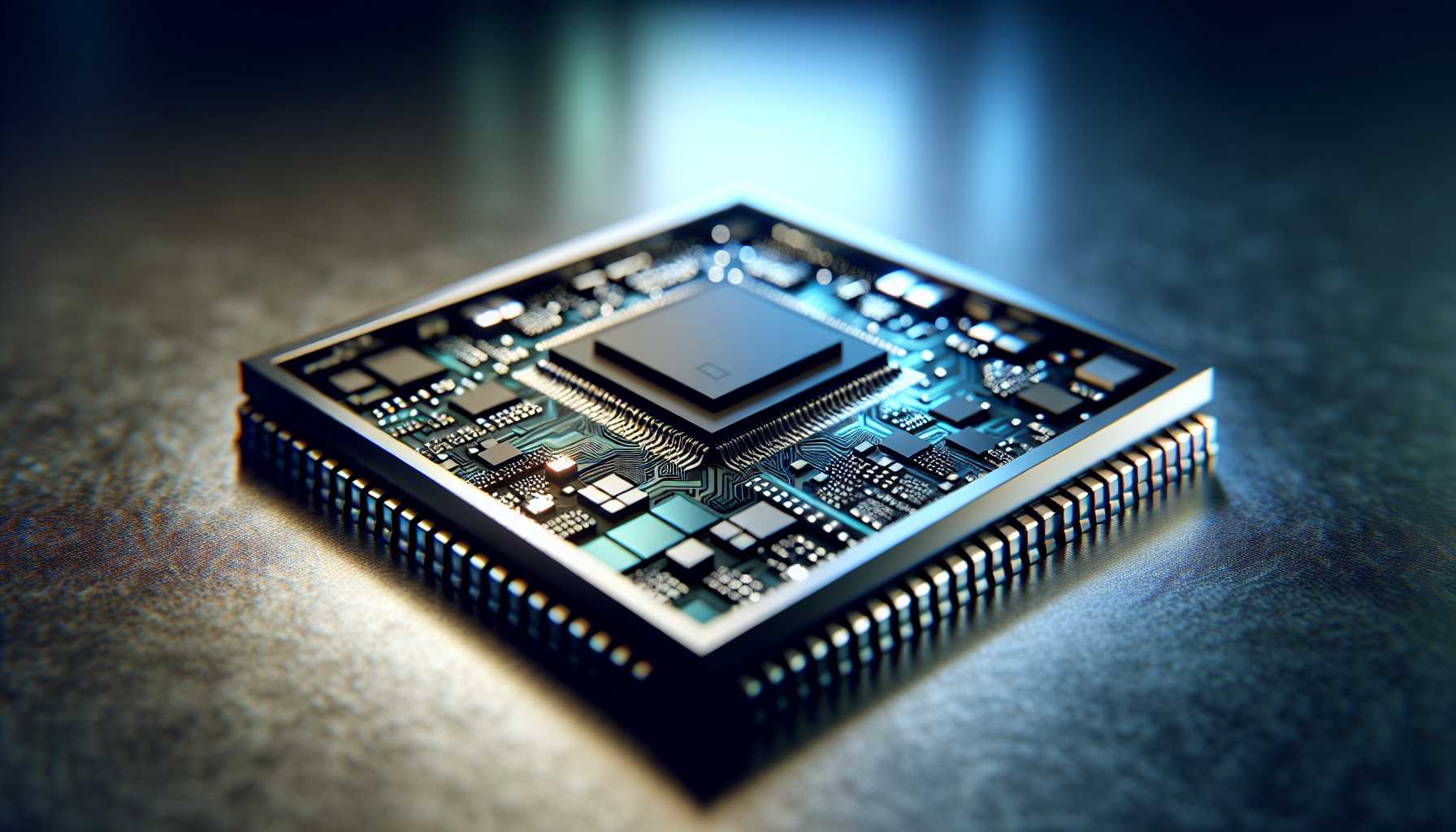Introduction
In a tech landscape that’s perpetually evolving, the word “disruption” is almost commonplace. Yet, every once in a while, an event transpires that commands the world’s attention, hinting at tectonic shifts beneath the industry’s surface. Recent reports suggest Qualcomm, a giant in the telecommunications and semiconductors industry, is exploring a monumental move to acquire Intel, an erstwhile leader currently grappling with major strategic adjustments. But why now, and what would this mean for the market? Let’s dive into the intricacies of this potential mega-merger.
The Financial Landscape of Intel and Qualcomm
Intel, once the uncontested champion of the semiconductor universe, has faced rough seas recently. A severe lack of mobile strategy has rendered the company somewhat rudderless, resulting in a $1.6 billion loss in the second quarter alone. In response, Intel has embarked on an ambitious $10 billion cost reduction plan, including the painful but seemingly necessary measure of shedding 15,000 jobs. To add complexity to its to-do list, Intel is also leaning towards spinning out its chip foundry business into an independent subsidiary.
Qualcomm, on the other hand, has held its ground admirably. With a market capitalization of about $190 billion compared to Intel’s $90 billion, Qualcomm seems to have weathered recent industry storms better. However, both Qualcomm and Intel find themselves in the shadows of Nvidia, which has surged ahead thanks to the ongoing AI boom.
The Strategic Rationale: Why Qualcomm Wants Intel
From a strategic standpoint, Qualcomm’s interest in Intel makes sense. Qualcomm has long held a commanding presence in mobile and telecommunications technology, whereas Intel has been caught flat-footed in the mobile sector. Acquiring Intel could give Qualcomm a formidable R&D machine capable of crafting new market inroads. Moreover, Intel’s prowess in specialized sectors—like high-performance computing and proprietary technology capabilities—could be of immense benefit to Qualcomm. In combing through these assets, Qualcomm would emerge not just as a competitor to Nvidia but potentially leapfrog into new markets and applications.
Regulatory Hurdles: The Elephant in the Room
Even if Qualcomm’s board gives the green light, it’s far from a done deal. The potential regulatory scrutiny could be enormous, particularly given the rising tensions around monopolistic practices and data privacy concerns. The Federal Trade Commission (FTC) and other global bodies will undoubtedly probe the deal to ascertain its implications on market competitiveness. As we’ve seen in the past, takeovers of this magnitude rarely proceed without significant pushback. Just remember Qualcomm’s past run-ins with regulators during its attempted buyout of NXP Semiconductors. The path to acquiring Intel would likely be fraught with similar challenges.
The Potential Market Impacts
Should Qualcomm successfully acquire Intel, the ramifications for the semiconductor sector—and technology market at large—are broad and profound. Firstly, the combined entity could realign the balance of power, offering a formidable alternative to Nvidia. The interplay between AI, 5G, and high-performance computing domains could witness rapid innovations and breakthroughs. Such a combined force would hold the keys to diverse industry verticals, from autonomous driving to advanced robotics. In addition, price strategies and supply chain dynamics could see a shake-up, as the new behemoth would likely exert substantial control over a significant portion of the silicon-based tech market.
Final Thoughts as a Tech Investor
As an avid tech investor and industry observer, I find this potential acquisition both exciting and fraught with uncertainty. On one hand, the technological innovations that could arise from such a merger are tantalizing. On the other, the regulatory and cultural integrations required for success shouldn’t be underestimated. Successful mergers depend not just on financial metrics but also on aligning visions and seamless operational integrations. In summary, Qualcomm’s pursuit of Intel, if realized, could catalyze industry-wide innovations, elevate competitive dynamics, and redefine the semiconductor landscape. However, it will also have to navigate the labyrinth of regulatory checks and strategic surprises. One thing’s for sure: the tech world will be watching closely.






